Yule is an ancient pagan winter festival celebrated by the Germanic people. It is a holiday celebrating the winter solstice, the day when the longest night is experienced and the days begin to lengthen.
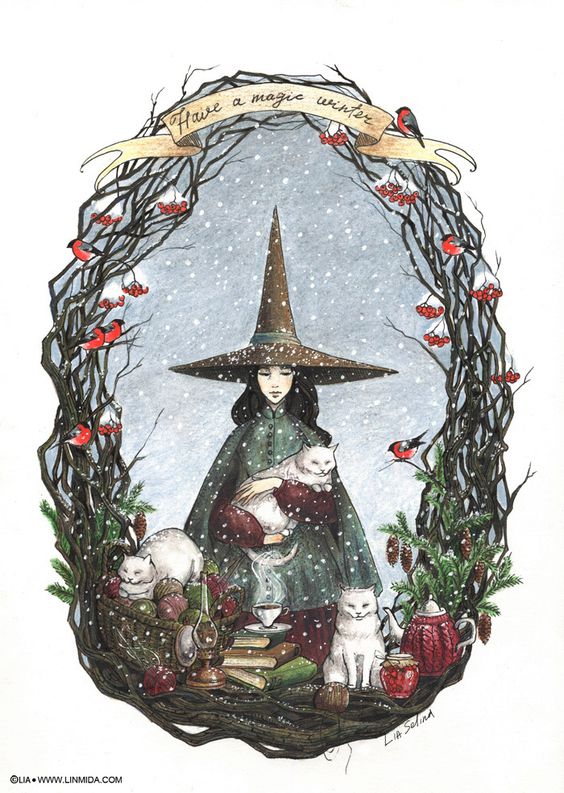
It is a natural cycle holiday that coincides with the Winter Solstice. The Winter Solstice is the shortest day and longest night of the previous year, symbolizing the light beginning to take over darkness once again.
The sun’s rebirth is celebrated from December 20 to 23. This solstice is the promise of returning light and warmer days to come, and it is widely regarded as a moment for feasting, joy, honoring nature, renewal, and reflection.
How Is Yule Different from Christmas?
Many festivals we know and love today are inherited from our pagan past. The winter solstice has been celebrated with rituals since early humans, and these rituals actually began as observations of astronomical phenomena; in this case, the winter solstice.
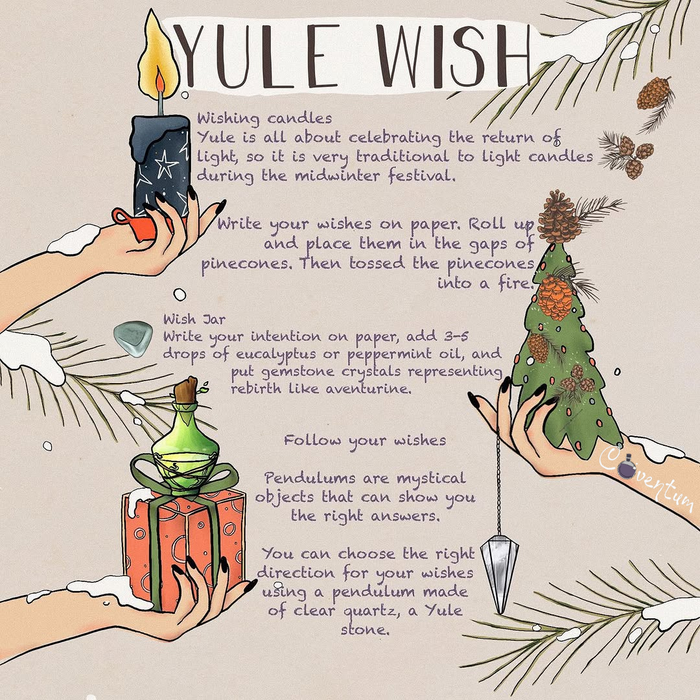
We can easily find the basis of the Christmas feast in the Yule and Saturnalia, pagan and Roman winter festivals celebrated since ancient times. For instance, the origins of Christmas trees and garlands! The twelve-day pagan solstice holiday “Yule,” mainly observed in Scandinavia and northern Europe, such as Germany, is the ancestor of today’s Christmas. However, we can take this practice, which has existed for centuries, even before Yule.Essential For Decoration: Evergreens
Using evergreen trees and wreaths as symbols of immortal life was a common tradition of the ancient Egyptians, Chinese, and Jews long before they were used as Yule decorations. Tree worship, common among European pagans, continued after their conversion to Christianity as the Scandinavian tradition of furnishing their houses and barns with trees on New Year’s Eve to scare away the devil and prepare a tree for the birds at Christmas time. In Germany, a Yule tree was placed at the entrance or inside the house during the holidays in the middle of winter.
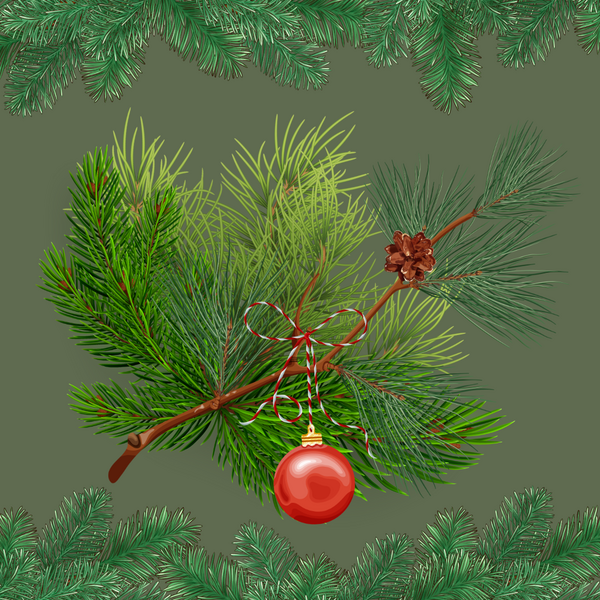
The present-day Christmas tree is thought to have originated in western Germany. In the Middle Ages, the primary setting of a play portraying Adam and Eve was a pine tree with apples on it, representing the garden of Eden. On the feast of Adam and Eve (December 24), the Germans planted a tree of paradise in their house, hanging thin mats of matzo, symbolizing the blessed bread of Communion; buns of different shapes later replaced these.
However, we have Queen Victoria to thank for popularizing the modern-day Christmas tree. While on a trip to Germany, Queen Victoria saw examples of these Yule trees and decided she wanted to buy one. Thus, the tradition of the Christmas tree reached other lands.
How To Celebrate Yule?
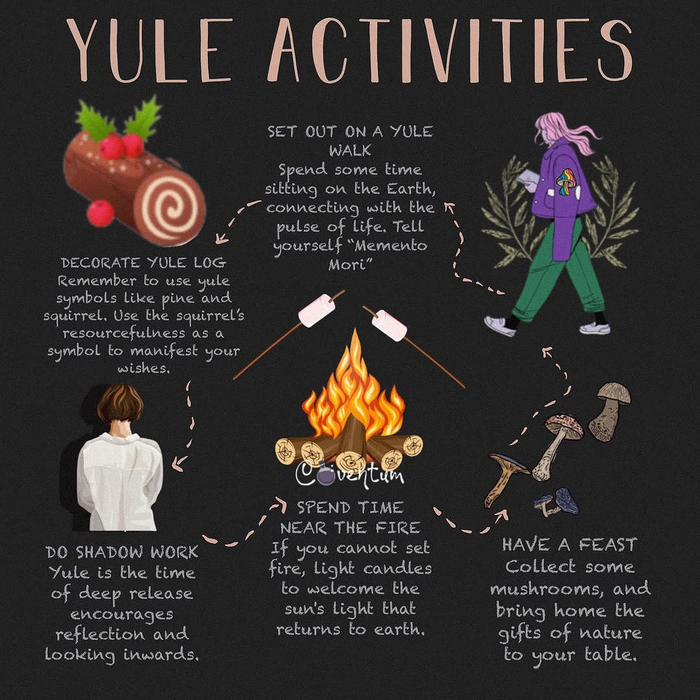
Yule celebrations have an ancient, rich, and incredible history of tradition. It has come to life with an understanding that brings people closer to nature. That’s why you can include the celebration of the ancient cycle of nature in your new year celebrations. This year, thank the light that returns to the earth and wish it to bring better days within!
To help you do that, we wanted to share a few of Yule’s fun traditions and symbols.
Happy Winter Solstice, everyone!
Yule Log
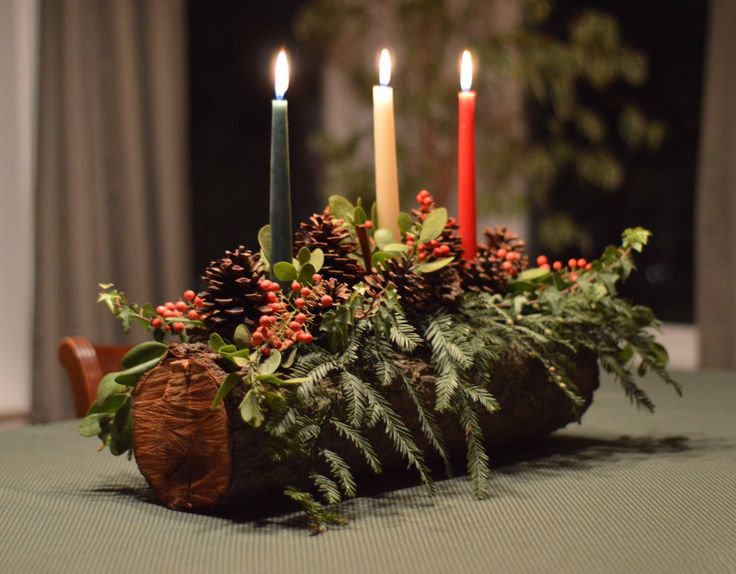
Yule logs were collected to protect the house in ancient times. Starting from December 21, the fireplace was lit for 12 days. Of course, not all of us can have the luxury of burning a fireplace. Therefore, you can make modern versions. For example, you can make a symbolic yule log with a few pine needles on a log and candles you will plant together with a cone. Also, baking a log cake could be a great idea!
Wassail
“Waes hael” comes from Old English and means “be well” or “be healthy.” In this word, Wassail is the name of a drink traditionally prepared by cooking apples, oranges, honey, spices, and, traditionally, beer. It’s like hot wine but with a beer.
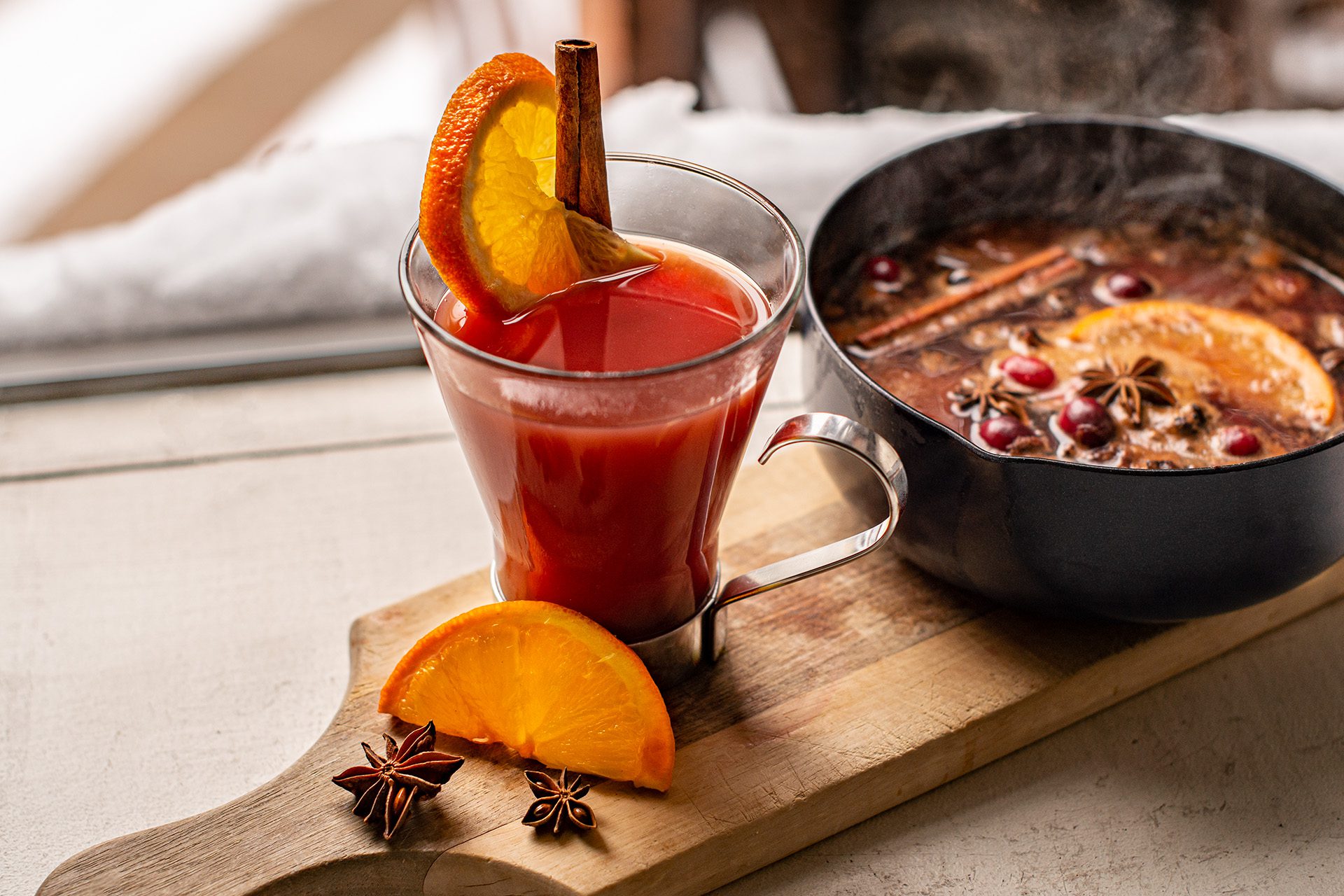
During this period, Wassail is cooked in every house, and when the host offers the drink to his guests, a toast is raised by saying, “Waes hael”. Maybe you want to toast to a hot drink with your loved ones too. You can find many wassail recipes close to the original or modernized on the internet. It will be nice to cook and toast with your friends.
Mistletoe
Mistletoe was thought to represent the fertility of feminine energy and the attitude of masculine energy. The Druids harvest it and hang it over their door for protection.
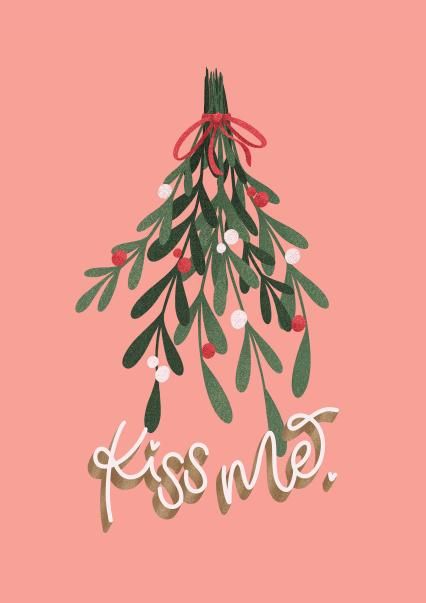
The tradition of kissing under the mistletoe probably began because of this association with fertility and life. To find the perfect Yule gift ideas, visit our Coventum Store.
Gift Time
It is the birthday of the sun! Giving gifts at this time is a just and long-standing tradition. It can be wonderful to show our love to our beloved ones, donate to charities, and volunteer our time.
Helping to spread the season’s magic to others is part of what makes this time so unique. So do not neglect to prepare or buy gifts, even small ones.
Gingerbread Cookies
Long ago, ginger was considered sacred, and gingerbread was a delicacy. According to some sources, it was only allowed to cook at this time of the year. And probably that made these cookies an important symbol of winter and the Yule festival.
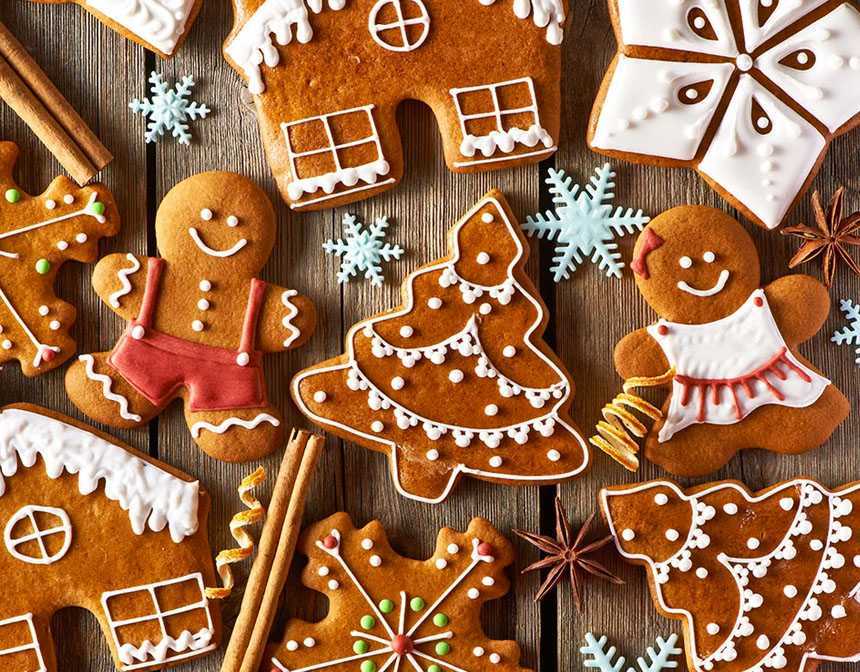
We are lucky to have easy access to ginger today, with all its incredible benefits at our fingertips. However, eating gingerbread cookies during this period was still an essential tradition. Don’t forget to eat! Even if it means gaining extra weight.
Let the Bells Ring
In ancient times, bells were rung in the morning to ward off evil spirits that arose during the darker period of the year. The purpose of the bells was to chase the darkness and return the light after the winter solstice.
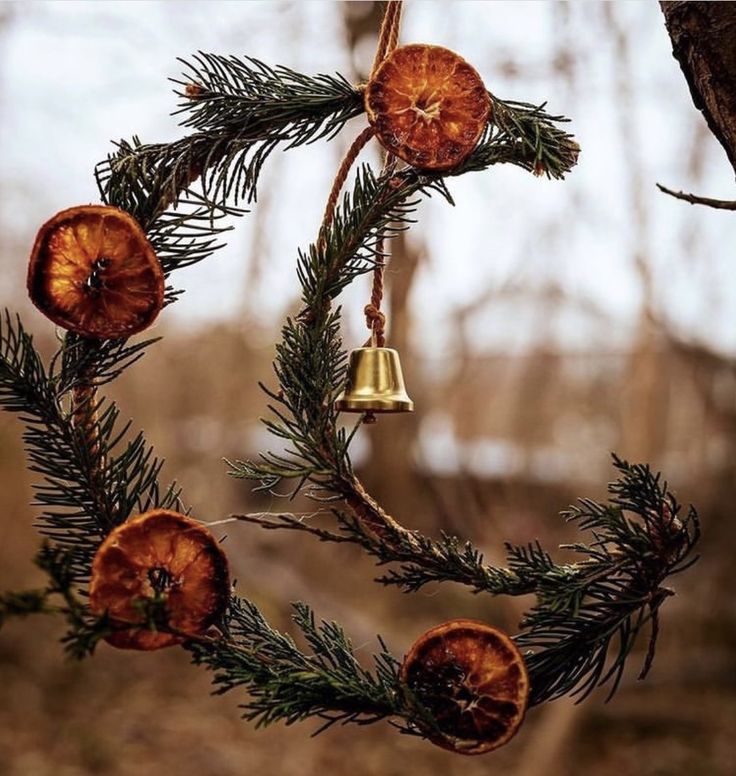
Wreaths
Wreaths represented the wheel of the year and were often given as gifts as a symbol of friendship and happiness. It was traditionally made with evergreens and adorned with pinecones and red flowers. So, hang a wreath on your door or gift it to your loved ones.

